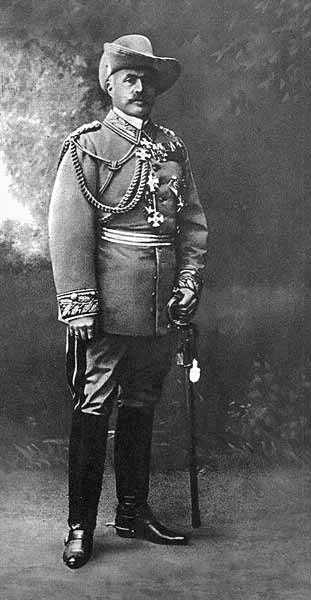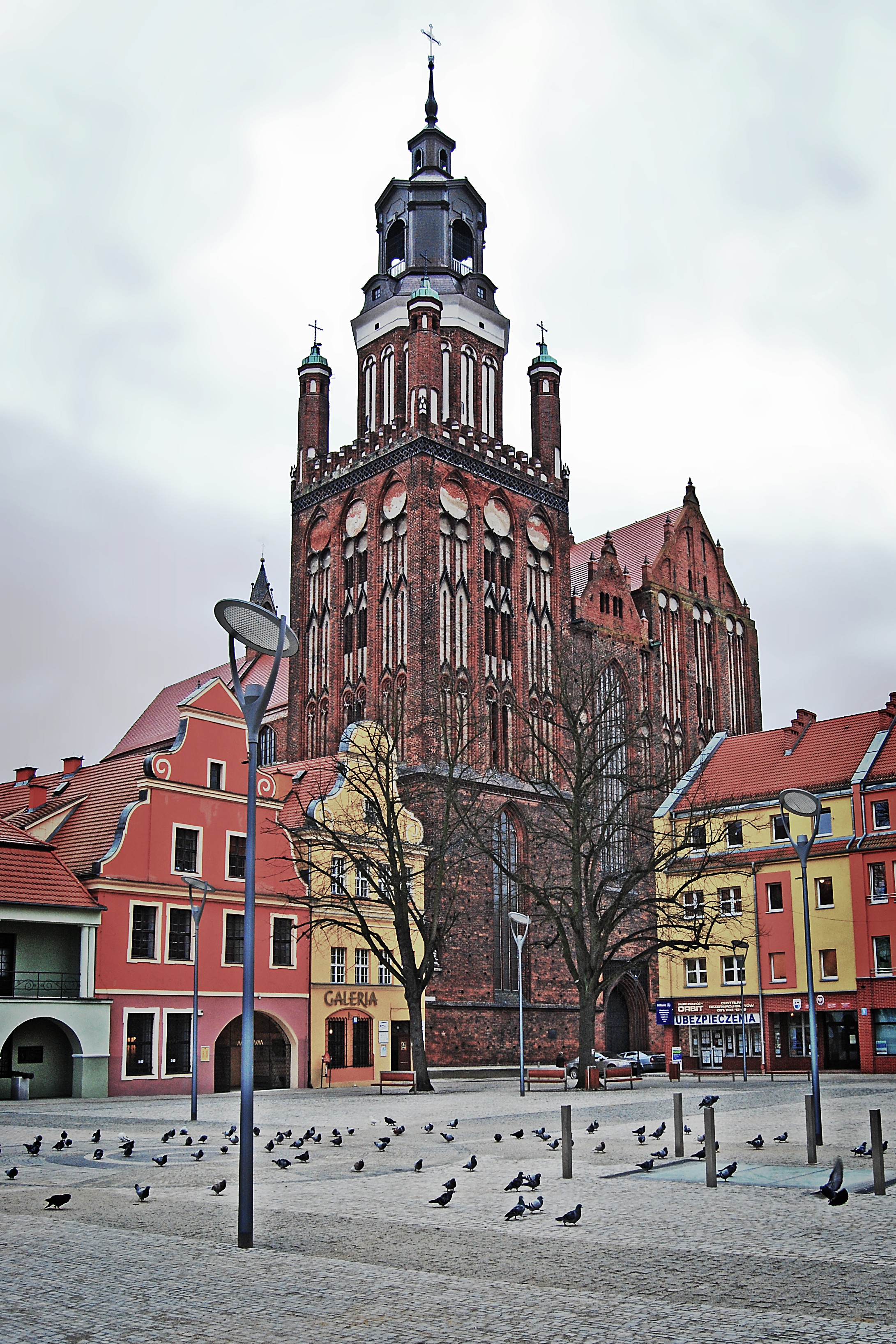|
German Concentration Camps
German concentration camps may refer to different camps which were operated by German states: *Concentration camps during the Herero and Namaqua genocide ** Shark Island concentration camp * Cottbus-Sielow concentration camp in Cottbus interning Jewish immigrants in interwar Germany * Stargard concentration camp in Stargard, interning Jewish immigrants in interwar Germany * Nazi concentration camp system, operated by Nazi Germany from 1933 to 1945 *Other types of Nazi camps, operated by Nazi Germany from 1933 to 1945 ** Extermination camps **Forced-labor camps ''Arbeitslager'' () is a German language word which means labor camp. Under Nazism, the German government (and its private-sector, Axis, and collaborator partners) used forced labor extensively, starting in the 1930s but most especially durin ... ** Polenlager ** Transit camps (Nazi Germany), such as Drancy transit camp {{SIA ... [...More Info...] [...Related Items...] OR: [Wikipedia] [Google] [Baidu] |
Herero And Namaqua Genocide
The Herero and Namaqua genocide or the Herero and Nama genocide was a campaign of ethnic extermination and collective punishment waged by the German Empire against the Herero (Ovaherero) and the Nama in German South West Africa (now Namibia). It was the first genocide of the 20th century, occurring between 1904 and 1908. In January 1904, the Herero people, who were led by Samuel Maharero, and the Nama people, who were led by Captain Hendrik Witbooi, rebelled against German colonial rule. On January 12, they killed more than 100 German settlers in the area of Okahandja, although women, children, missionaries and non-German Europeans were spared. In August, German General Lothar von Trotha defeated the Ovaherero in the Battle of Waterberg and drove them into the desert of Omaheke, where most of them died of dehydration. In October, the Nama people also rebelled against the Germans, only to suffer a similar fate. Between 24,000 and 100,000 Hereros and 10,000 Nama died in the g ... [...More Info...] [...Related Items...] OR: [Wikipedia] [Google] [Baidu] |
Shark Island Concentration Camp
Shark Island or "Death Island" was one of five concentration camps in German South West Africa. It was located on Shark Island off Lüderitz, in the far south-west of the territory which today is Namibia. It was used by the German Empire during the Herero and Namaqua genocide of 1904–08. Between 1,032 and 3,000 Herero and Namaqua men, women, and children died in the camp between March 1905 and its closing in April 1907. Background On 12 January 1904, the Herero people rebelled against German colonial rule under the leadership of Samuel Maharero. Origins of the Herero revolt date back to the 1890s when tribes settled in Namibia came under pressure from the growing number of German settlers wanting their land, cattle, and labor. Factors such as loss of property, increasing debt in an attempt to resettle lost herds, low wages on white-owned farms, and racial inequalities only intensified the hostility between the Herero and the Germans. When the Herero rebelled, they killed ove ... [...More Info...] [...Related Items...] OR: [Wikipedia] [Google] [Baidu] |
Cottbus
Cottbus (; Lower Sorbian: ''Chóśebuz'' ; Polish: Chociebuż) is a university city and the second-largest city in Brandenburg, Germany. Situated around southeast of Berlin, on the River Spree, Cottbus is also a major railway junction with extensive sidings/depots. Although only a small Sorbian minority lives in Cottbus itself, the city is considered as the political and cultural center of the Sorbs in Lower Lusatia. Spelling Until the beginning of the 20th century, the spelling of the city's name was disputed. In Berlin, the spelling "Kottbus" was preferred, and it is still used for the capital's ("Cottbus Gate"), but locally the traditional spelling "Cottbus" (which defies standard German-language rules) was preferred, and it is now used in most circumstances. Because the official spelling used locally before the spelling reforms of 1996 had contravened even the standardized spelling rules already in place, the (german: Ständiger Ausschuss für geographische Namen) stre ... [...More Info...] [...Related Items...] OR: [Wikipedia] [Google] [Baidu] |
Stargard Concentration Camp
Stargard (; 1945: ''Starogród'', 1950–2016: ''Stargard Szczeciński''; formerly German: ''Stargard in Pommern'', or ''Stargard an der Ihna''; csb, Stôrgard) is a city in northwestern Poland, located in the West Pomeranian Voivodeship. In 2021 it was inhabited by 67,293 people. It is situated on the Ina River. The city is the seat of the Stargard County, and, extraterritorially, of the municipality of Stargard. It is the second biggest city of Szczecin agglomeration. Stargard is a major railroad junction, where the southwards connection from Szczecin splits into two directions: towards Poznań and Gdańsk. Etymology The city's name is of Pomeranian ( Kashubian) origin and stands for ''old'' (''stari'') ''town/city'' (''gard'' or ''gôrd''). In this meaning, the term ''gard'' is still being used by the only surviving Pomeranian language speakers, the Kashubs. However, some experts say that the name is of proto-Norse origin: ''starn'' (star) and ''gate'' (as in Englis ... [...More Info...] [...Related Items...] OR: [Wikipedia] [Google] [Baidu] |
Stargard
Stargard (; 1945: ''Starogród'', 1950–2016: ''Stargard Szczeciński''; formerly German language, German: ''Stargard in Pommern'', or ''Stargard an der Ihna''; csb, Stôrgard) is a city in northwestern Poland, located in the West Pomeranian Voivodeship. In 2021 it was inhabited by 67,293 people. It is situated on the Ina River. The city is the seat of the Stargard County, and, extraterritorially, of the municipality of Gmina Stargard, Stargard. It is the second biggest city of Szczecin agglomeration. Stargard is a major railroad junction, where the southwards connection from Szczecin splits into two directions: towards Poznań and Gdańsk. Etymology The city's name is of Pomeranian language, Pomeranian (Kashubian language, Kashubian) origin and stands for ''old'' (''stari'') ''town/city'' (''gard'' or ''gôrd''). In this meaning, the term ''gard'' is still being used by the only surviving Pomeranian language speakers, the Kashubs. However, some experts say that the name is ... [...More Info...] [...Related Items...] OR: [Wikipedia] [Google] [Baidu] |
Nazi Concentration Camp System
From 1933 to 1945, Nazi Germany operated more than a thousand concentration camps, (officially) or (more commonly). The Nazi concentration camps are distinguished from other types of Nazi camps such as forced-labor camps, as well as concentration camps operated by Germany's allies. on its own territory and in parts of German-occupied Europe. The first camps were established in March 1933 immediately after Adolf Hitler became Chancellor of Germany. Following the 1934 purge of the SA, the concentration camps were run exclusively by the SS via the Concentration Camps Inspectorate and later the SS Main Economic and Administrative Office. Initially, most prisoners were members of the Communist Party of Germany, but as time went on different groups were arrested, including "habitual criminals", "asocials", and Jews. After the beginning of World War II, people from German-occupied Europe were imprisoned in the concentration camps. Following Allied military victories, the camps ... [...More Info...] [...Related Items...] OR: [Wikipedia] [Google] [Baidu] |
Types Of Nazi Camps
The phrase "Nazi concentration camp" is often used loosely to refer to various types of internment sites operated by Nazi Germany. More specifically, Nazi concentration camps refers to the camps run by the Concentration Camps Inspectorate and later the SS Main Economic and Administrative Office.''Encyclopedia of Camps and Ghettos'', volume I, Editor’s Introduction to the Series and Volume I The Nazi regime employed various types of detention and murder facilities within Germany and the territories it conquered, while Nazi allies also operated their own internment facilities on their territories. The editors of ''Encyclopedia of Camps and Ghettos'' estimate that these sites totaled more than 42,500 locations, of which 980 were Nazi concentration camps proper. Nazi Germany Types of detention and murder facilities employed by the Nazi regime included: Nazi Allies Nazi allies also operated their own internment facilities, including:''Encyclopedia of Camps and Ghettos'', volume I ... [...More Info...] [...Related Items...] OR: [Wikipedia] [Google] [Baidu] |
Extermination Camps
Nazi Germany used six extermination camps (german: Vernichtungslager), also called death camps (), or killing centers (), in Central Europe during World War II to systematically murder over 2.7 million peoplemostly Jewsin the Holocaust. The victims of death camps were primarily murdered by gassing, either in permanent installations constructed for this specific purpose, or by means of gas vans. The six extermination camps were Chełmno, Belzec, Sobibor, Treblinka, Majdanek and Auschwitz-Birkenau. Auschwitz and Majdanek death camps also used extermination through labour in order to kill their prisoners. The idea of mass extermination with the use of stationary facilities, to which the victims were taken by train, was the result of earlier Nazi experimentation with chemically manufactured poison gas during the secretive Aktion T4 euthanasia programme against hospital patients with mental and physical disabilities. The technology was adapted, expanded, and applied in wartime ... [...More Info...] [...Related Items...] OR: [Wikipedia] [Google] [Baidu] |
Forced-labor Camps
''Arbeitslager'' () is a German language word which means labor camp. Under Nazism, the German government (and its private-sector, Axis, and collaborator partners) used forced labor extensively, starting in the 1930s but most especially during World War II. Another term was ''Zwangsarbeitslager'' ("forced labor camp"). The Nazis operated several categories of ''Arbeitslager'' for different categories of inmates. The largest number of them held civilians forcibly abducted in the occupied countries (see Łapanka for Polish context) to provide labour in the German war industry, repair bombed railroads and bridges, or work on farms and in stone quarries. The Nazis also operated concentration camps, some of which provided free forced labor for industrial and other jobs while others existed purely for the extermination of their inmates. A notable example is Mittelbau-Dora labor camp complex that serviced the production of the V-2 rocket. See List of German concentration camps fo ... [...More Info...] [...Related Items...] OR: [Wikipedia] [Google] [Baidu] |
Polenlager
The ''Polenlager'' (, ''Polish Camps'') was a system of forced labor camps in Silesia that held Poles during the World War II Nazi German occupation of Poland. The prisoners, originally destined for deportation across the border to the new semi-colonial General Government district, were sent to the ''Polenlager'' between 1942 and 1945, once the other locations became too overcrowded to accommodate the prisoners. There were over 30 ''Polenlager'' camps, mostly in Silesia. History All ''Polenlager'' camps were classified by the Germans as "labour reformatories". They were built near major military work-sites for the steady supply of slave labor. The camps had permanent German staff, augmented by captives and volunteers from other Eastern European countries (known as Hiwis). The Poles were delivered to ''Polenlagers'' by trainloads from German temporary transit camps, after they had been evicted from their homes to make way for new settlers (see: Action Saybusch). Some of the Sile ... [...More Info...] [...Related Items...] OR: [Wikipedia] [Google] [Baidu] |
Transit Camps (Nazi Germany)
Transit may refer to: Arts and entertainment Film * ''Transit'' (1979 film), a 1979 Israeli film * ''Transit'' (2005 film), a film produced by MTV and Staying-Alive about four people in countries in the world * ''Transit'' (2006 film), a 2006 film about Russian and American pilots in World War II * ''Transit'' (2012 film), an American thriller * ''Transit'' (2013 film), a Filipino independent film * ''Transit'' (2018 film), a German film Literature * ''Transit'' (Cooper novel), a 1964 science fiction by Edmund Cooper * ''Transit'' (Seghers novel), a 1944 novel by Anna Seghers * ''Transit'' (Aaronovitch novel), a 1992 novel by Ben Aaronovitch based on the TV series ''Doctor Who'' Music * Transit (band), an American emo band from Boston, Massachusetts * ''Transit'' (Ira Stein and Russel Walder album), an album by acoustic duo Ira Stein and Russel Walder, released 1986 * ''Transit'' (Sponge Cola album) * ''Transit'' (A. J. Croce album) * '' Transit ... [...More Info...] [...Related Items...] OR: [Wikipedia] [Google] [Baidu] |



